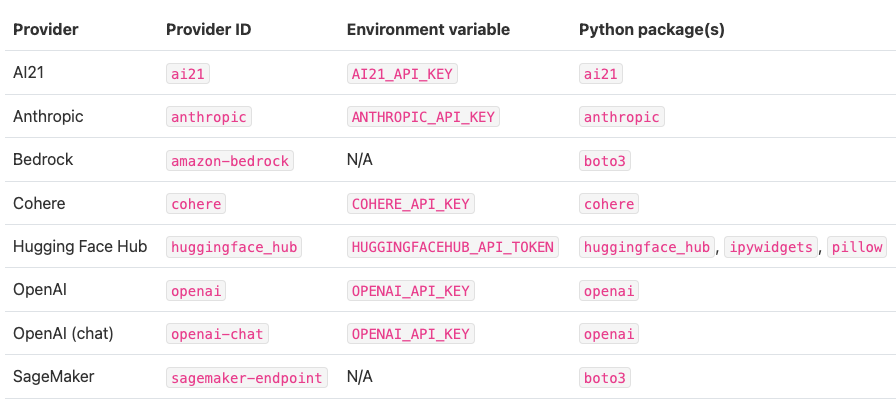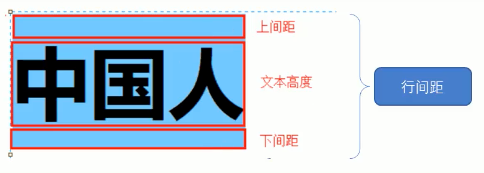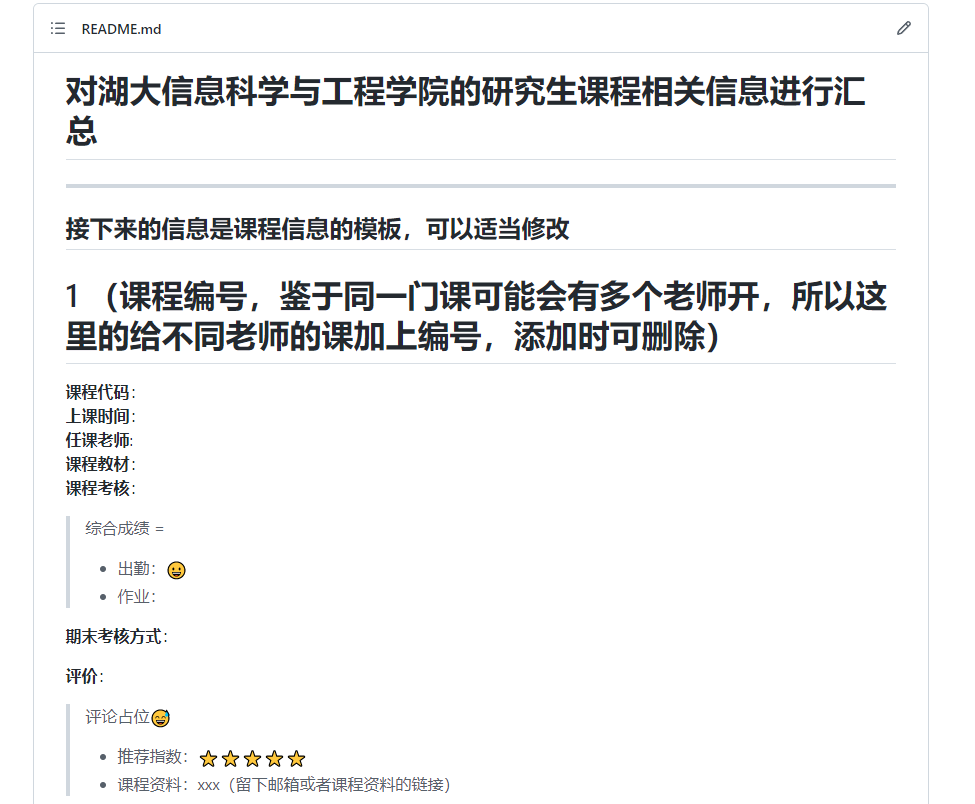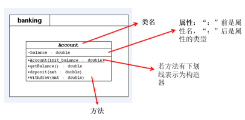众所周知,Python 是一门优秀的编程语言。可读性和设计简单性是其广受欢迎的两个主要原因。 今天给大家分享一些值得记住的 Python 技巧,可以帮助改善代码设计, 并为您节省大量时间,提高你的办事效率,在您的日常编码中,以下技巧将非常有用。所以赶紧收藏起来慢慢看吧,这教程真的是嘎嘎香。(https://jq.qq.com/?_wv=1027&k=RFMVm5zq)

1.字符串倒转
以下代码段使用 Python 切片操作反转字符串。
# Reversing a string using slicing
my_string = "ABCDE"
reversed_string = my_string[::-1]
print(reversed_string)
# Output
# EDCBA
2.首字母大写
以下代码段可用于将字符串转换为标题首字母大写。这是使用 title()方法完成的。
my_string = "my name is chaitanya baweja"
# using the title() function of string class
new_string = my_string.title()
print(new_string)
# Output
# My Name Is Chaitanya Baweja
3.在字符串中查找唯一元素
以下代码段可用于查找字符串中所有的唯一元素。我们使用集合中唯一元素。
my_string = "aavvccccddddeee"
# converting the string to a set
temp_set = set(my_string)
# stitching set into a string using join
new_string = ''.join(temp_set)
print(new_string)
4.n 次打印字符串或列表
您可以对字符串或列表使用乘法(*)。我们可以将它们任意复制。1
n = 3 # number of repetitions
my_string = "abcd"
my_list = [1,2,3]
print(my_string*n)
# abcdabcdabcd
print(my_list*n)
# [1,2,3,1,2,3,1,2,3]
一个有趣的用例是定义一个具有恒定值的列表——假设为零。
n = 4
my_list = [0]*n # n denotes the length of the required list
# [0, 0, 0, 0]
5.列表推导式
列表推导式为我们提供了一种在其他列表基础上创建列表的好方法。
以下代码段通过将旧列表的每个元素乘以 2 来创建新列表。
# Multiplying each element in a list by 2
original_list = [1,2,3,4]
new_list = [2*x for x in original_list]
print(new_list)
# [2,4,6,8]
6.变量交换
Python 在两个变量之间交换值而不使用另一个变量变得非常简单。
a = 1
b = 2
a, b = b, a
print(a) # 2
print(b) # 1
7.将字符串拆分为子字符串列表
我们可以使用字符串类中的.split()方法将字符串拆分为子字符串列表,还可以将要分割的分隔符作为参数传递。
string_1 = "My name is Chaitanya Baweja"
string_2 = "sample/ string 2"
# default separator ' '
print(string_1.split())
# ['My', 'name', 'is', 'Chaitanya', 'Baweja']
# defining separator as '/'
print(string_2.split('/'))
# ['sample', ' string 2']
8.将字符串列表组合成单个字符串

join()将作为参数传递的字符串列表组合为单个字符串。这种情况下,我们使用逗号分隔符将它们分开。
list_of_strings = ['My', 'name', 'is', 'Chaitanya', 'Baweja']
# Using join with the comma separator
print(','.join(list_of_strings))
# Output
# My,name,is,Chaitanya,Baweja
9.检查回文字符串
我们已经讨论过如何反转字符串,因此回文字符串成为 Python 中一个简单的程序。
my_string = "abcba"
if my_string == my_string[::-1]:
print("palindrome") else:
print("not palindrome")
# Output
# palindrom
10.列表中的元素统计
这样做有多种方法,但是我最喜欢的是使用 Python Counter 类。
Python 计数器跟踪容器中每个元素的频率, Counter()返回一个字典,其中元素作为键,频率作为值。
我们还使用 most_common()函数来获取列表中的 most_frequent 元素。
# finding frequency of each element in a list
from collections import Counter
my_list = ['a','a','b','b','b','c','d','d','d','d','d']
count = Counter(my_list) # defining a counter object
print(count) # Of all elements
# Counter({'d': 5, 'b': 3, 'a': 2, 'c': 1})
print(count['b']) # of individual element # 3
print(count.most_common(1)) # most frequent element # [('d', 5)]
11.查找两个字符串是否为字母
Counter 类的一个有趣应用是查找字谜。
字谜是通过重新排列不同单词或短语的字母而形成的单词或短语。
如果两个字符串的 Counter 对象相等,那么它们就是字谜。
from collections import Counter
str_1, str_2, str_3 = "acbde", "abced", "abcda"
cnt_1, cnt_2, cnt_3 = Counter(str_1), Counter(str_2), Counter(str_3)
if cnt_1 == cnt_2:
print('1 and 2 anagram')
if cnt_1 == cnt_3:
print('1 and 3 anagram')
12.使用 try-except-else 块
使用 try / except 块可以轻松完成 Python 中的错误处理,向该块添加 else 语句可能会很有用,在 try 块中没有引发异常的情况下运行。
如果您需要运行某些程序,无需考虑异常,请继续使用。
a, b = 1,0
try:
print(a/b)
# exception raised when b is 0
except ZeroDivisionError:
print("division by zero")
else:
print("no exceptions raised")
finally:
print("Run this always"
13.使用枚举获取索引 / 值对
以下脚本使用枚举遍历列表中的值及其索引。
my_list = ['a', 'b', 'c', 'd', 'e']
for index, value in enumerate(my_list):
print('{0}: {1}'.format(index, value))
# 0: a
# 1: b
# 2: c
# 3: d
# 4: e
14.检查对象的内存使用情况
以下脚本可用于检查对象的内存使用情况, 这里可以了解更多信息。
import sys
num = 21
print(sys.getsizeof(num))
# In Python 2, 24
# In Python 3, 28
15.合并两个字典
在 Python 2 中,我们使用了 update()方法来合并两个字典, Python 3.5 使这一过程变得更加简单。
在下面给出的脚本中,两个字典被合并。在相交的情况下,使用第二个字典中的值。
dict_1 = {'apple': 9, 'banana': 6}
dict_2 = {'banana': 4, 'orange': 8}
combined_dict = {**dict_1, **dict_2}
print(combined_dict)
# Output
# {'apple': 9, 'banana': 4, 'orange': 8}
16.执行一段代码所需的时间
以下代码片段使用库函数来计算执行代码所需的时间消耗。
import time
start_time = time.time()
# Code to check follows
a, b = 1,2
c = a+ b
# Code to check ends
end_time = time.time()
time_taken_in_micro = (end_time- start_time)*(10**6)
print(" Time taken in micro_seconds: {0} ms").format(time_taken_in_micro)
17.展平列表清单
有时,您不确定列表的嵌套深度,只希望将所有元素放在一个平面列表中。
您可以通过以下方式获得该信息:
from iteration_utilities import deepflatten
# if you only have one depth nested_list, use this
def flatten(l):
return [item for sublist in l for item in sublist]
l = [[1,2,3],[3]]
print(flatten(l))
# [1, 2, 3, 3]
# if you don't know how deep the list is nested
l = [[1,2,3],[4,[5],[6,7]],[8,[9,[10]]]]
print(list(deepflatten(l, depth=3)))
# [1, 2, 3, 4, 5, 6, 7, 8, 9, 10]
如果您具有正确格式化的数组,那 Numpy Flatten 是执行此操作的更好方法。
18
从列表中随机取样
以下代码段使用随机库从给定列表中生成了 n 个随机样本。
import random
my_list = ['a', 'b', 'c', 'd', 'e'] num_samples = 2
samples = random.sample(my_list,num_samples)
print(samples)
# [ 'a', 'e'] this will have any 2 random values
我一直推荐秘密库生成随机样本进行加密, 以下代码段仅适用于 Python 3。
import secrets # imports secure module.
secure_random = secrets.SystemRandom() # creates a secure random object.
my_list = ['a','b','c','d','e']
num_samples = 2
samples = secure_random.sample(my_list, num_samples)
print(samples)
# [ 'e', 'd'] this will have any 2 random values
19.数字化
以下代码段会将整数转换为数字列表。
num = 123456
# using map
list_of_digits = list(map(int, str(num)))
print(list_of_digits)
# [1, 2, 3, 4, 5, 6]
# using list comprehension
list_of_digits = [int(x) for x in str(num)]
print(list_of_digits)
# [1, 2, 3, 4, 5, 6]
20.检查唯一性
以下函数将检查列表中的所有元素是否唯一。
def unique(l):
if len(l)==len(set(l)):
print("All elements are unique")
else:
print("List has duplicates")
unique([1,2,3,4])
# All elements are unique
unique([1,1,2,3])
# List has duplicates
以上这些都是一些代码简短片段,我觉得在日常工作是非常有用的,使用 30 秒来试试吧。今天这一篇的内容到这里就结束了,下一篇想看什么在评论区告诉我,感谢您的阅读, 希望你喜欢。




![[前端小项目] 模糊加载 blurry loading (50projects50days)](https://img2022.cnblogs.com/blog/2907270/202206/2907270-20220627151709618-1889772819.png)

















